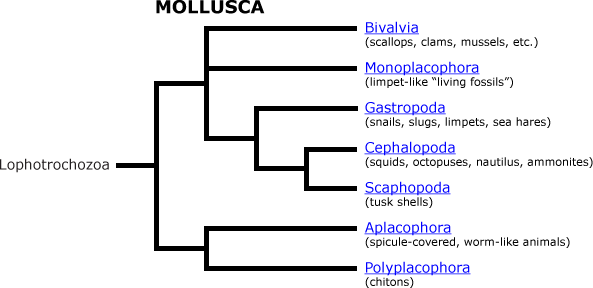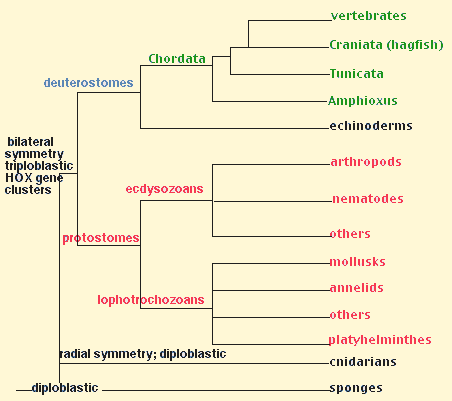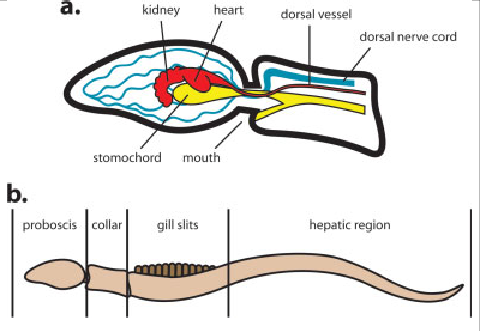Witty Rejoinder said:
What’s your definition of head?
Now THAT is a ticklish question.
But first, let’s go back to the Cambrian and beyond and see which animals do and do not have heads.
Have I got this right?
Sponges – headless
Placozoa – headless
Siphonophore (eg. portuguese man o war) – headless
Bryozoa – headless
Flatworm – head
Roundworm (nemotode) – head
Other types of worms (annelid, peanut worm, etc.) – head
Echinoderm (starfish, urchin, crinoid, etc) – headless
Cnidarian (coral, anemome, jellyfish) – headless
Ctenophore (comb jelly) – headless
Arthropod – head
Tunicate – head in larval stage but lost as an adult
Chordate – head
Gastropod and cephalopod – head
Brachiopod and bivalve – headless.
The 200 kg headless animal I referred to is the giant clam, a bivalve.
Another contender for the heaviest headless animal would be a sponge, sponges have been found with sizes up to that of a minivan. https://www.noaa.gov/news/scientists-discover-largest-sponge-known-during-deep-sea-exploration
So, how does the presence of a head or headlessness tie in with the evolutionary tree of life?
We can take sponge, placozoa and siphonophore as ancestral – headless.
The head first developed in the flatworms, and continued on to the roundworms and other types of worms.
But then the head was lost as these evolved into echinoderm, cnidaria, ctenophore.
The other headed creatures evolved from the worms as arthropod, tunicate, chordate.
The head was lost again in the adult tunicate.
So far, the head has evolved once and been lost twice.
But what of the molluscs? Being bilateria, they would have avoided the loss of head of the echinoderms and their relatives.
Wikipedia has a picture of the hypothetical ancestral mollusc, shown below. This mollusc has a “distinct head”. A head that was later lost in bivalves and brachiopods, but not in gastropod and cephalopod.The head is also retained in chitons.
So, to summarise, the ‘head’ as a feature of animals, only needed to evolve once in the tree of life, in flatworms. But was later lost by three separate groups of animals. First by the group that includes echinoderm, cnidaria and ctenophore. Second by the group that includes brachiopod and bivalve. Also by adult tunicates. Is that correct?




 .
.
